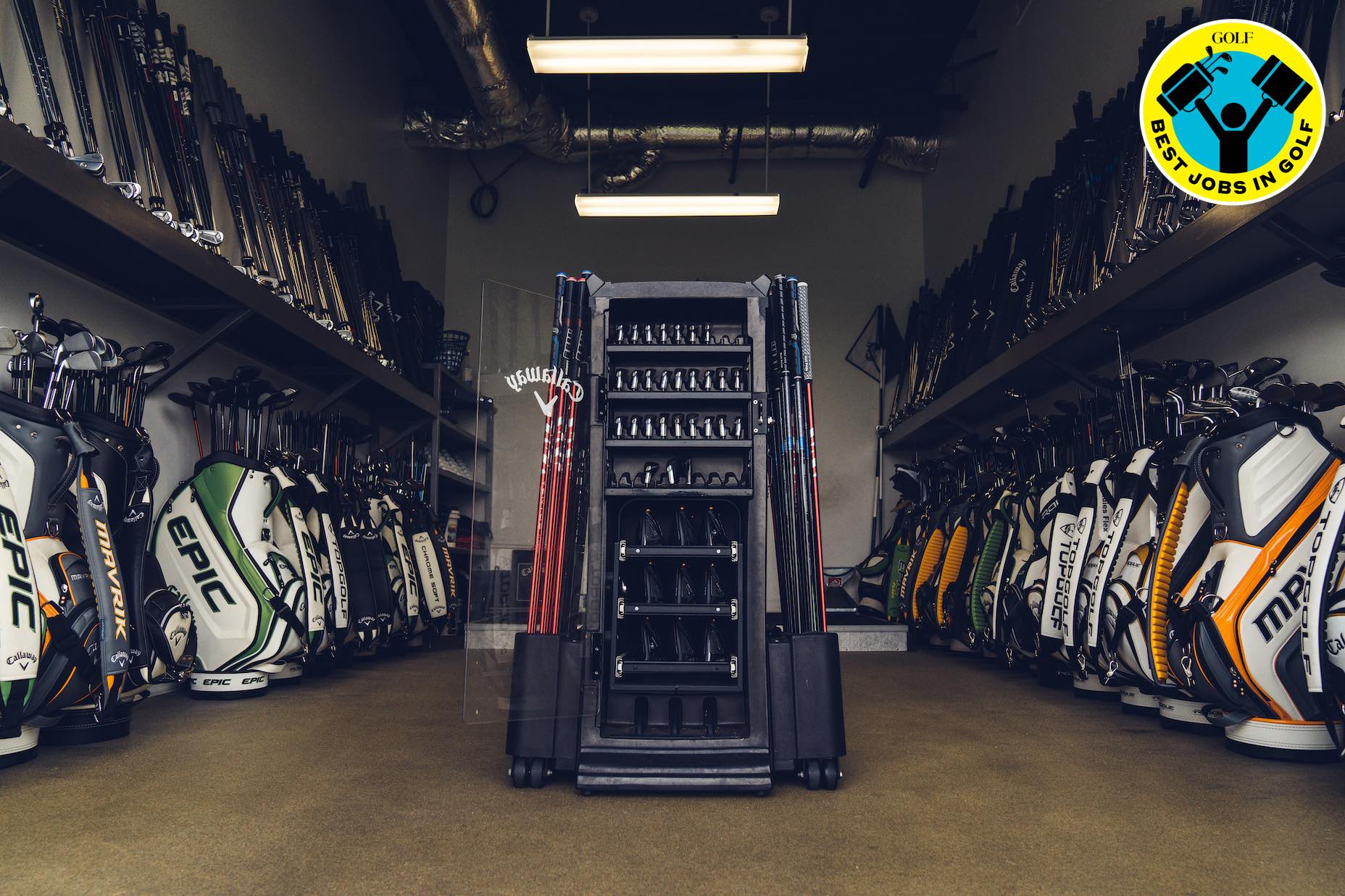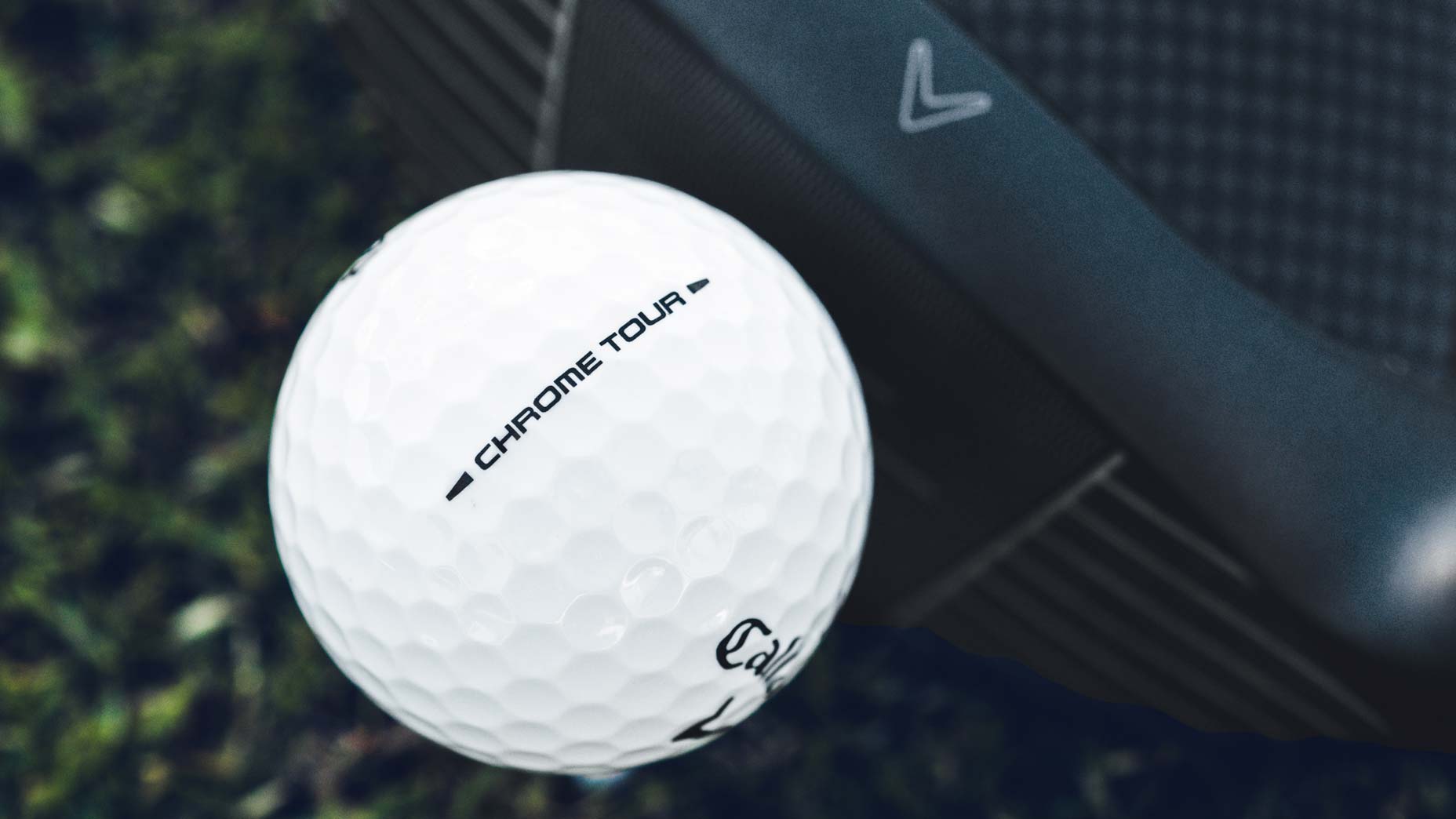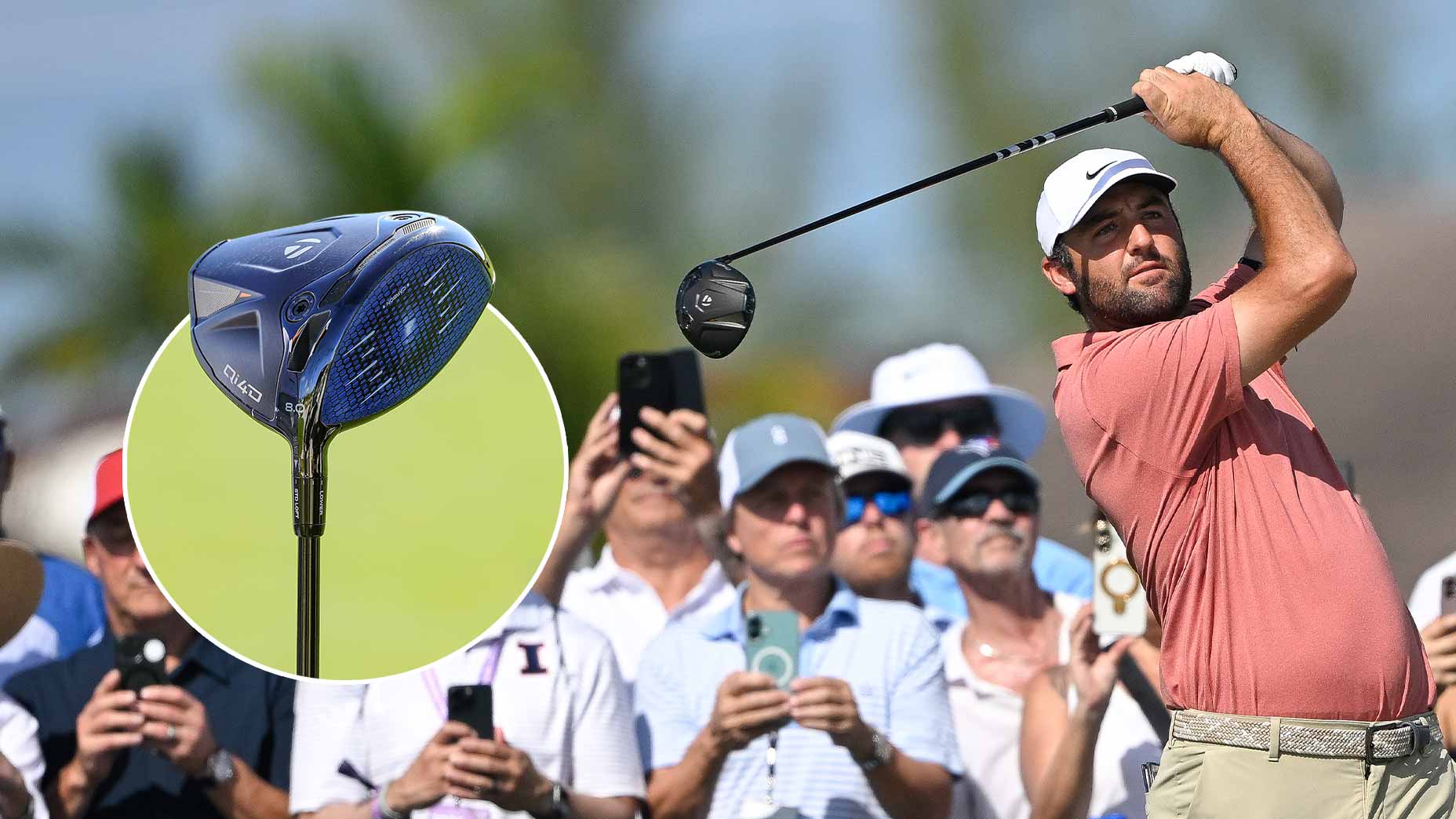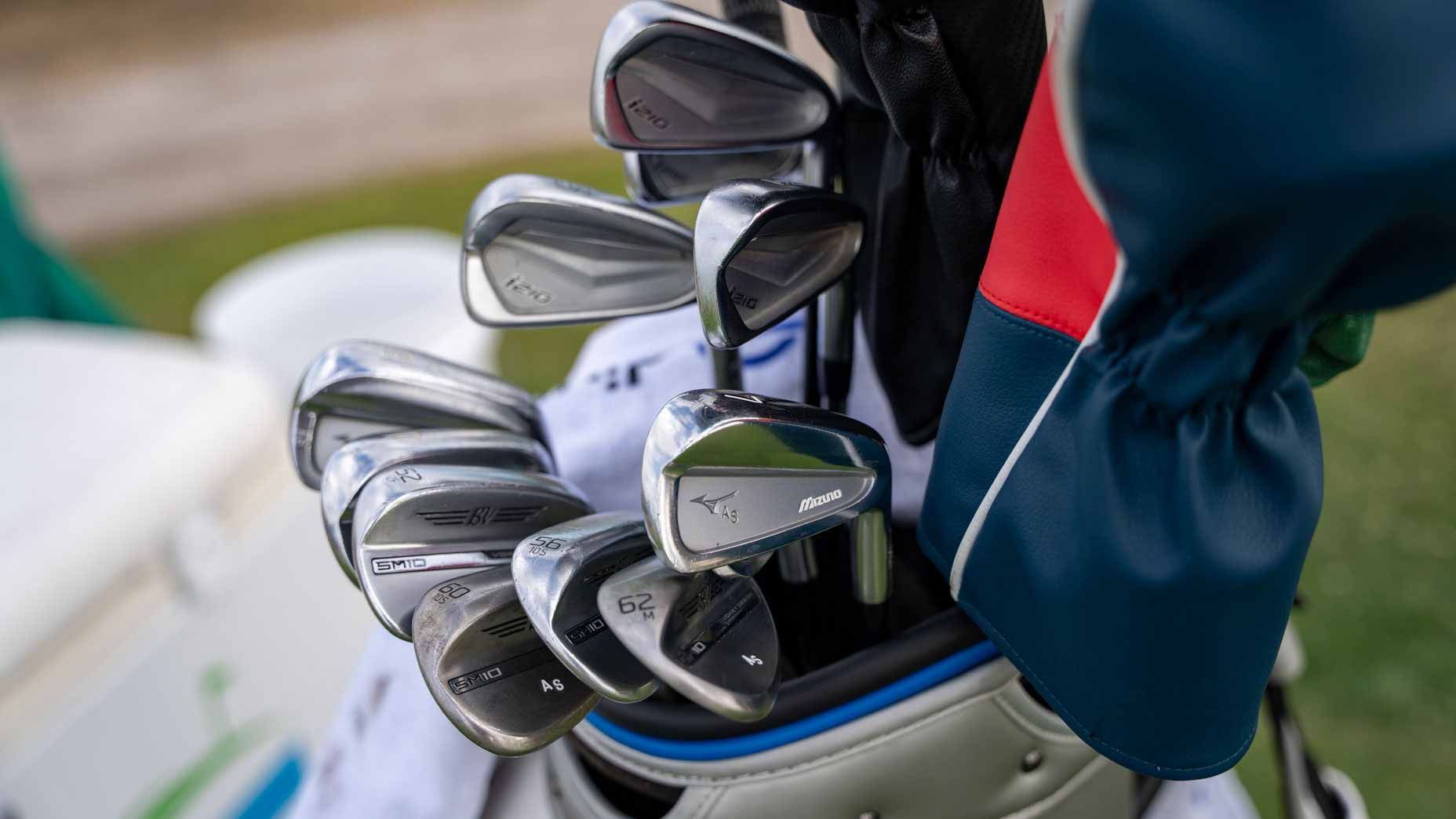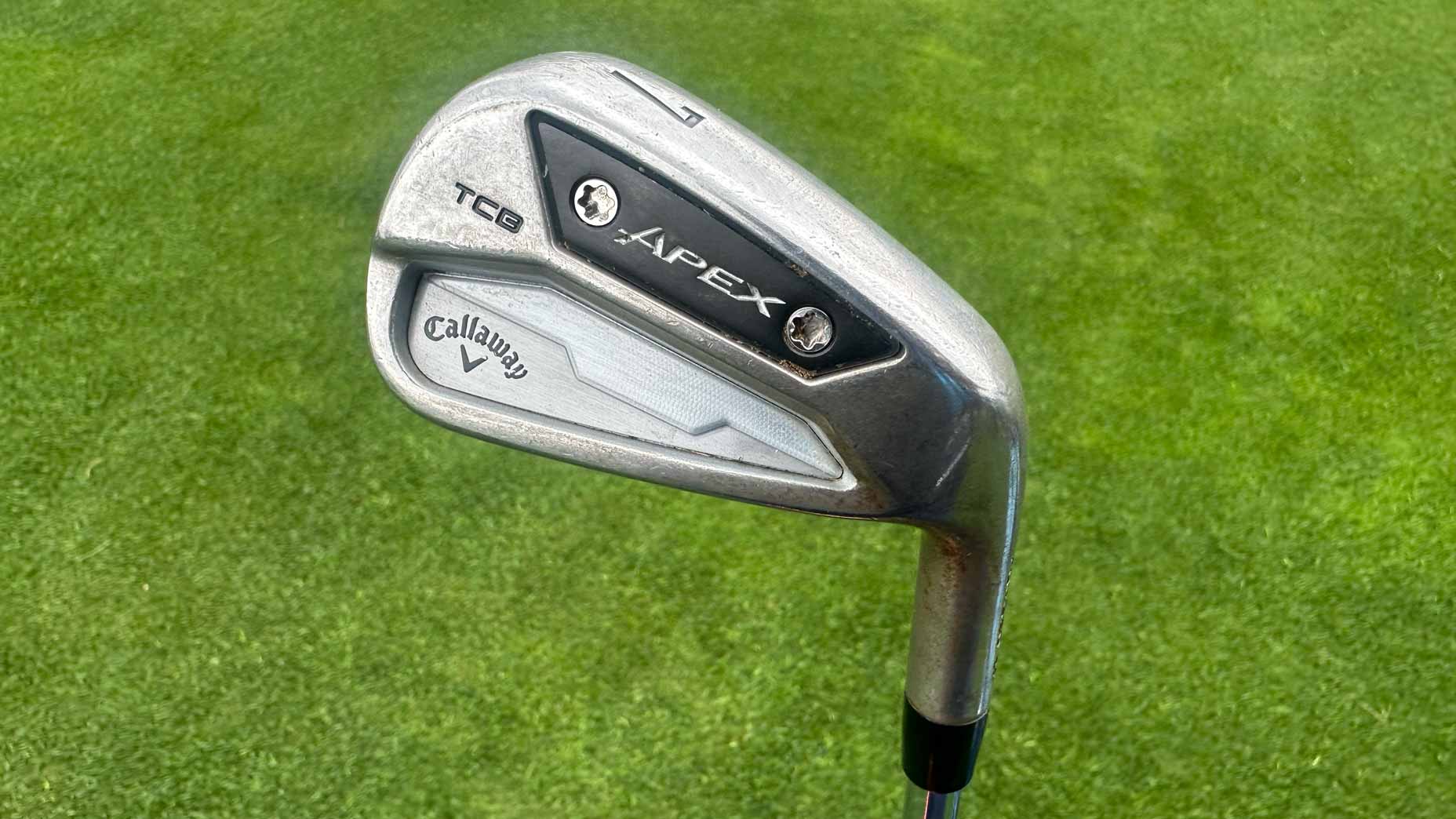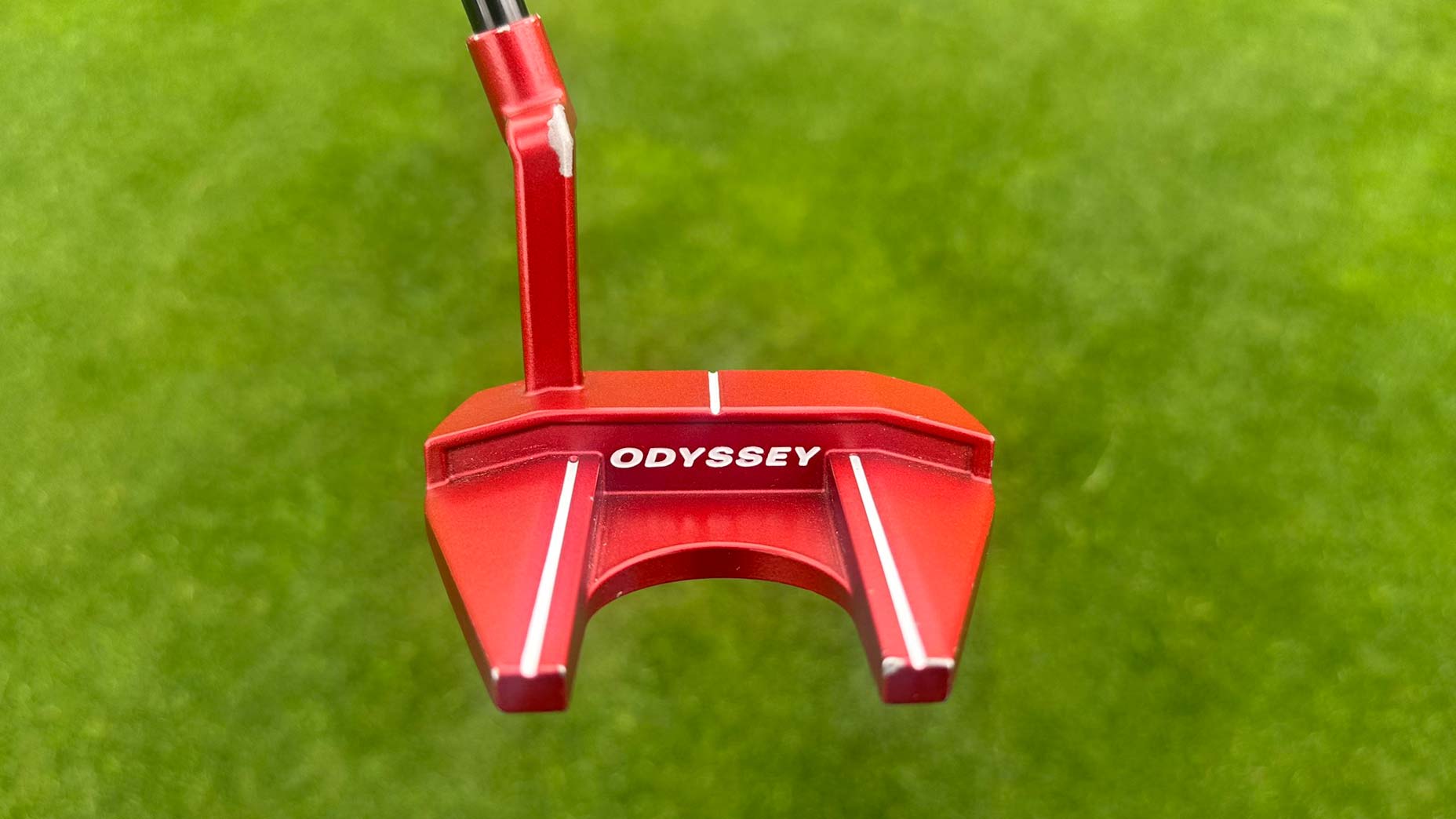Every job in golf is a good job. But some gigs — like this equipment innovator (below) — make us especially envious! To browse more Best Jobs in Golf, click each link here: USGA Museum Curator | TaylorMade content creator | Luxury helicopter pilot | Titleist club builder | Superintendent’s dog | Course designer | Gold Putter Vault guardian | Social media content creator | St. Andrews Starter | Course photographer | Pinehurst bartender
***
Jim Seluga has aspirations of qualifying for the U.S. Amateur Four-Ball Championship with a bag full of Callaway equipment in December. But there’s a potential problem: The driver he wants to use isn’t available for public consumption just yet.
“It’s the most disappointing part,” Seluga said the other day. “I’m going to try and qualify for the event with a friend from college, but I’m pretty sure I’m not allowed to use the product yet. I want that product to be able to qualify better for that tournament, but I know I’ll probably have to wait.”
Waiting is, indeed, the hardest part — especially when you head up Callaway Golf’s innovation team.
Outside of the part that requires patience, Seluga’s current gig is a dream job for gearheads. For the past 16 years, his work life has revolved around dreaming up new technologies and processes for one of the most forward-thinking brands in the industry. The Jailbreak Speed Frame and artificial intelligence-designed face found on your Callaway Rogue ST driver? They have Seluga’s fingerprints all over them.
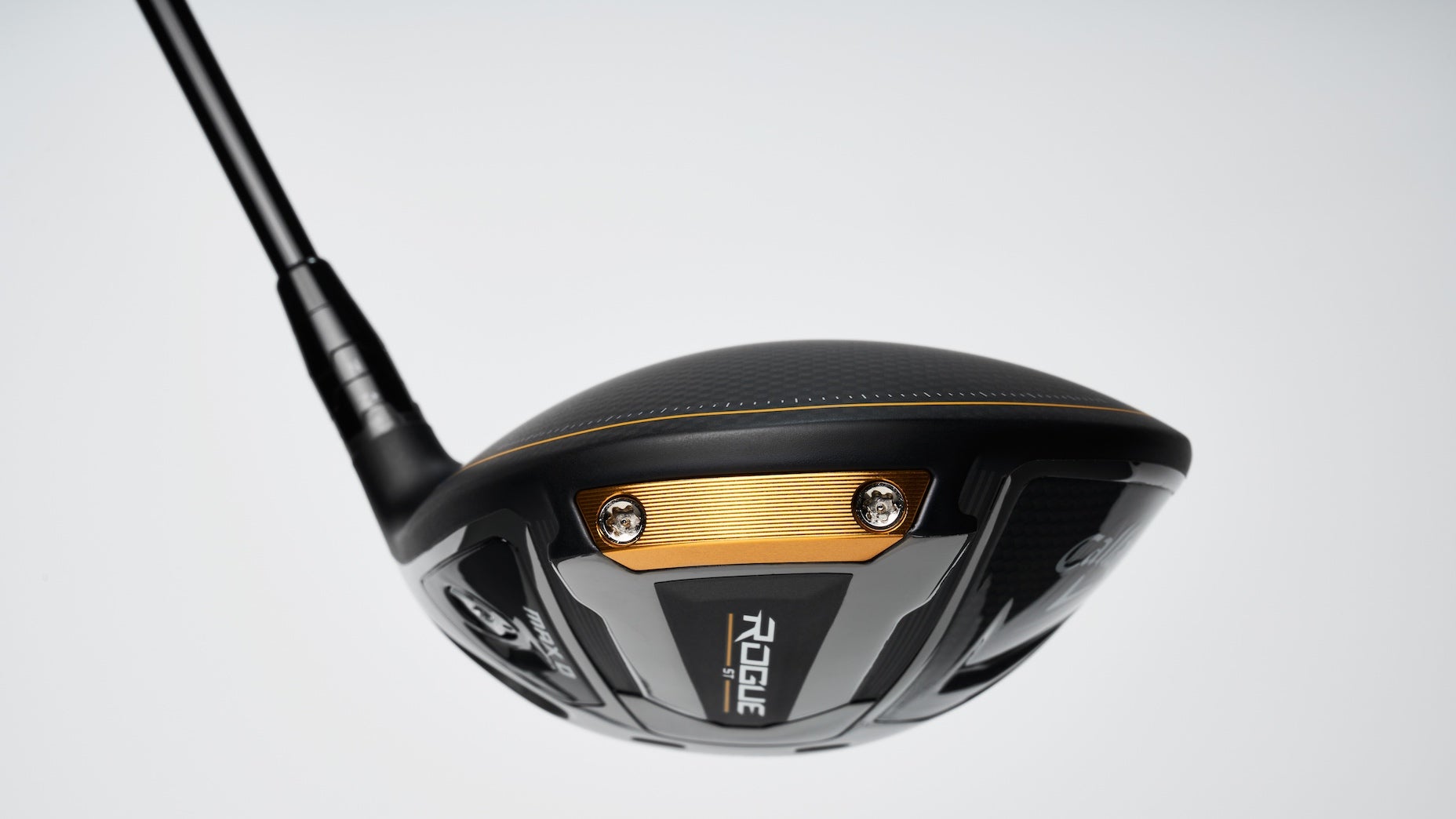
“We’re in charge of bringing many of the club designs to life,” Seluga said. “We get the ideas about 80 percent of the way there, and the development teams take it from that point and turn them into commercial products. Callaway does a great job of allowing the team to think outside the box and really push the boundaries of design.”
Callaway’s willingness to remove constraints and think outside the box allowed it to introduce A.I. to the equipment industry. As Seluga recalls, an article he read on AlphaGo — a computer program developed by Google to play the ancient board game Go — led him to question whether a computer could enhance the overall efficiency of a driver face design.
After receiving the green light from Callaway to pursue the idea, Seluga’s team came up with a program that allowed the computer to fully optimize the driver face.
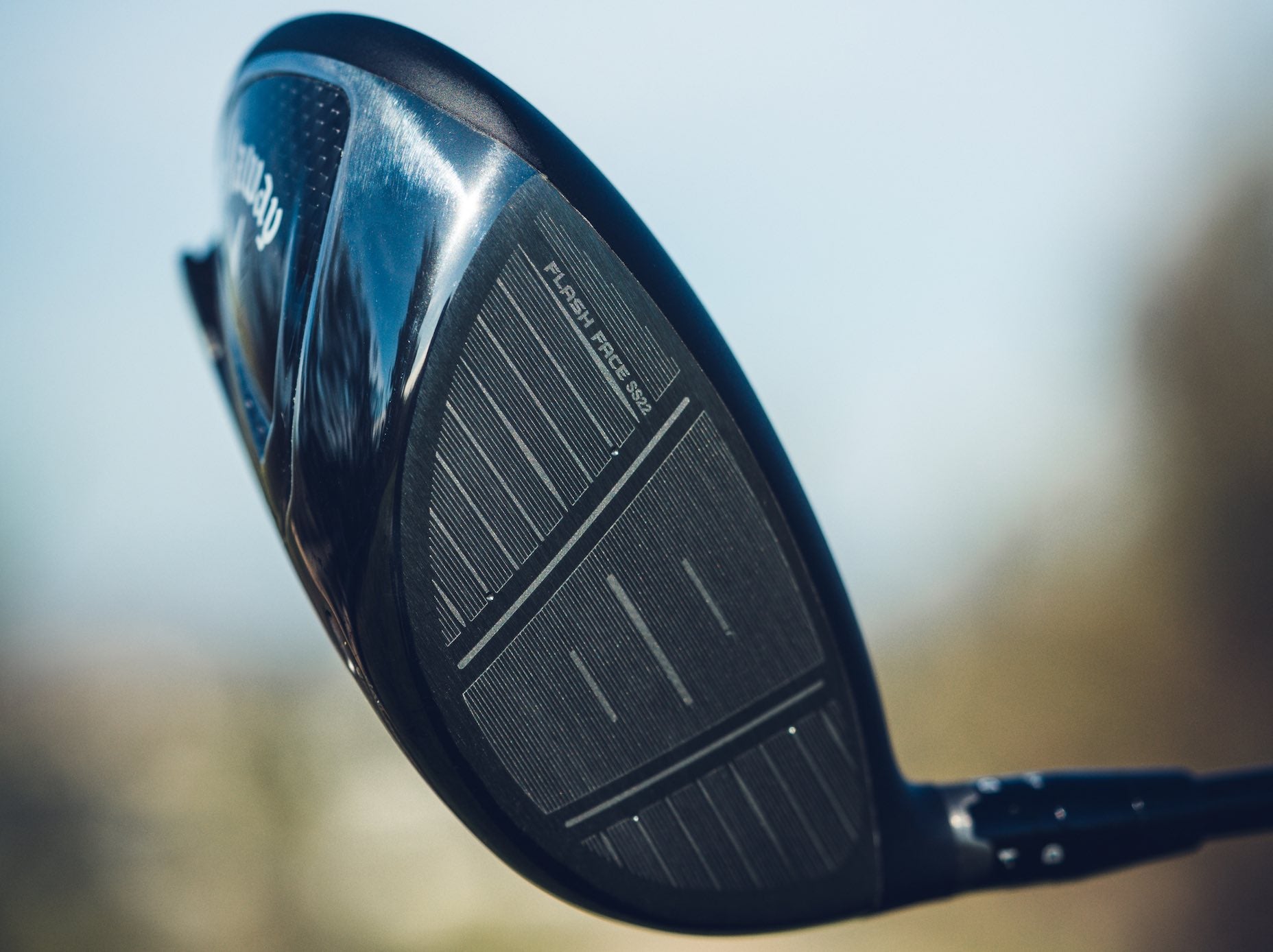
“Rather than me, an engineer, using all my logic to design something, let a computer do it,” Seluga said. “A lot of the constraints we have to deal with from the governing bodies — they’re not true science. They’re actually corollary science to contain performance. Figuring out that correlation to improve something is a lot easier when you let a computer do it. It’s a time-dependent problem, and A.I. is a good tool to have in your belt.”
It took Seluga’s team two years to come up with the processes and programs to develop the internal mapping for the original A.I.-designed Flash Face. For the most part, two years — one year as a proven concept and one year to go through development — is a standard amount of time to bring a concept to life. Others can take anywhere from four to five years to fully develop.
No matter how long a design takes to conceptualize, what Seluga loves most about his job is having the ability to take chances — something he wasn’t fully able to embrace early on in his career after he earned a Mechanical Engineering degree from Boston University and took a job in the aerospace industry.
“If you’re working on an aircraft, it’s going to be too risky to try and build it in a new way,” Seluga said. “As a mechanical engineer, what I love most about golf clubs is that the design process moves quickly. Not to mention you get to try a lot of things. You can constantly challenge yourself in this space.”
For a golfer who grew up around the game and played competitively through college, Seluga believes he has one of the most coveted jobs in the industry. Not only does he have the ability to create technologies that improve his own game, but he also plays a key role in helping everyday golfers shed strokes off their handicaps with the help of his team’s creations.
“I don’t even think it’s one of the coolest jobs in the golf industry,” he said. “I think it’s one of the coolest jobs if you’re an engineer. Having the ability to get things like, say, Jailbreak into the marketplace that ultimately ends up helping a 12-handicap break 80 is the best feeling.”
